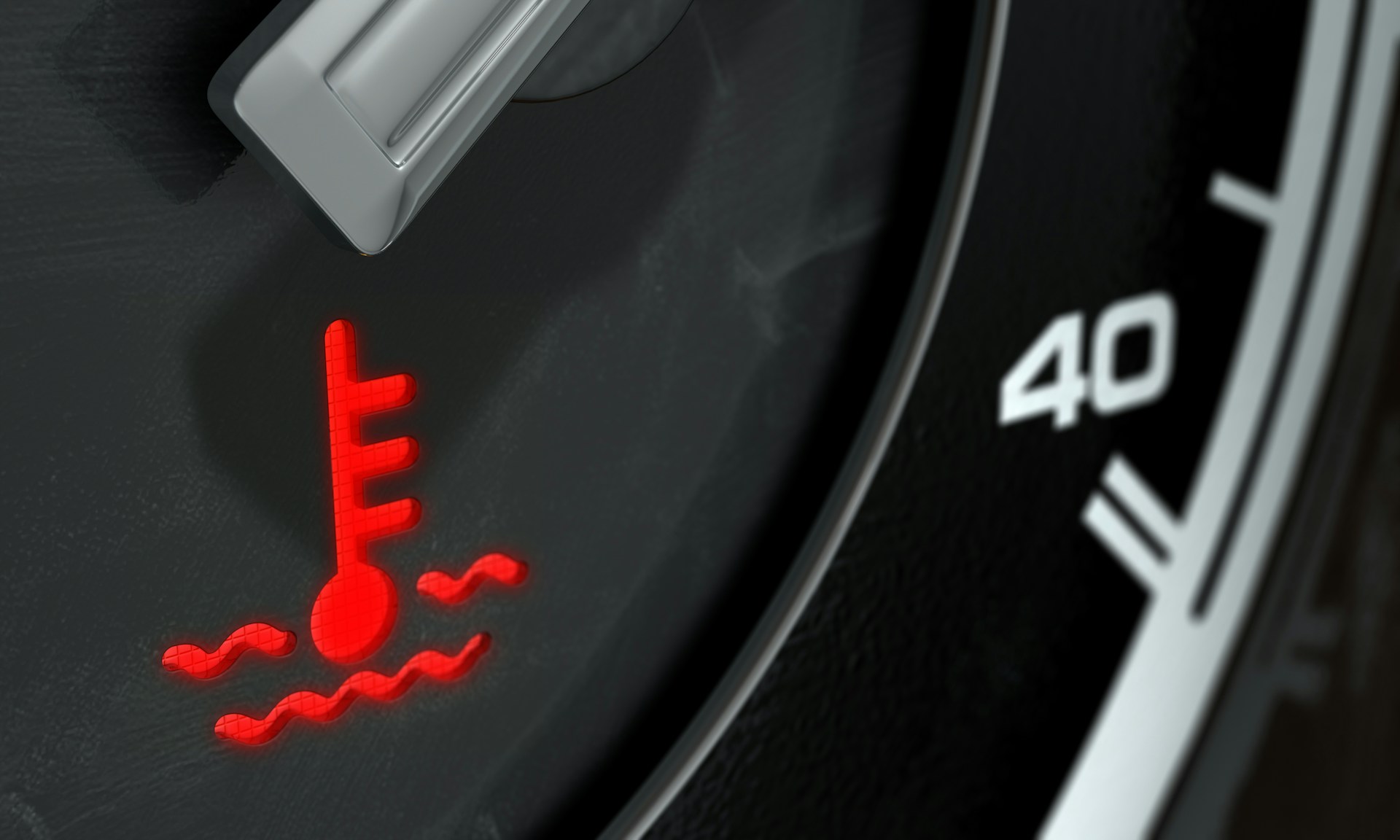
Imagine this—you’re cruising down the highway, music up, windows down, when suddenly a mysterious light flashes on your car dashboard. Panic sets in. What does it mean? Is your engine failing? Should you pull over immediately or keep driving?
Car dashboard symbols are designed to communicate the health of your vehicle’s key systems—like the engine, braking system, battery, and cooling system. But most drivers don’t know what half of these dashboard warning lights mean. Ignoring a warning light could lead to costly repairs or even compromise your safety.
Understanding car dashboard symbols is crucial for every driver. Let’s decode the 12 most common and important dashboard light symbols so you can drive with confidence and avoid costly breakdowns.
What Are Car Dashboard Symbols?
Car dashboard symbols are visual indicators on your car’s instrument cluster that provide real-time alerts about the status of your vehicle’s systems. These lights are color-coded for quick interpretation:
- Red lights – Indicate a serious issue that requires immediate attention (e.g., engine failure, brake issues).
- Yellow or amber lights – Signal a warning that needs checking soon (e.g., low tire pressure, check engine light).
- Green or blue lights – Inform you that a system is operating normally (e.g., headlights, cruise control).
Understanding these symbols will help you make informed decisions and prevent unnecessary panic.
12 Essential Car Dashboard Symbols and Their Meanings
1. Check Engine Light
Symbol: A small outline of an engine
Why It Appears:
- Loose gas cap
- Faulty oxygen sensor
- Engine misfire
What to Do:
- If steady – Your car is still drivable, but get it checked soon.
- If flashing – Pull over immediately; it could signal engine failure.
Pro Tip: Many auto parts stores will diagnose the issue for free using an OBD (On-Board Diagnostics) scanner.
2. Battery Warning Light
Symbol: A battery icon with a plus and minus sign
Why It Appears:
- Faulty alternator
- Loose battery cables
- Low battery charge
What to Do:
- Turn off non-essential electronics (radio, AC) to conserve power.
- Head to a mechanic—if your battery dies, your car won’t start.
3. Oil Pressure Warning Light
Symbol: An oil can with a drop of oil
Why It Appears:
- Low oil level
- Failing oil pump
- Oil leak
What to Do:
- Stop immediately and check the oil level.
- If the light stays on after adding oil, get professional help—it could signal an internal oil pressure issue.
4. Brake Warning Light
Symbol: A circle with an exclamation mark or the word “BRAKE”
Why It Appears:
- The parking brake is engaged
- Low brake fluid
- Worn brake pads
What to Do:
- Check if the parking brake is engaged.
- If not, inspect the brake fluid level.
- Persistent light? Have the braking system inspected immediately.
5. Tire Pressure Warning Light
Symbol: A horseshoe with an exclamation mark inside
Why It Appears:
- Underinflated tire
- Slow leak or puncture
- Faulty tire pressure sensor
What to Do:
- Check and adjust tire pressure to the manufacturer’s recommendation.
- If the light persists, inspect for leaks or sensor issues.
6. Coolant Temperature Warning Light
Symbol: A thermometer submerged in liquid
Why It Appears:
- Low coolant level
- Radiator malfunction
- Faulty thermostat
What to Do:
- Pull over and let the engine cool down.
- Add coolant if needed (only after the engine cools!).
- Persistent light? Get the thermostat or radiator checked.
7. Airbag Warning Light
Symbol: A seated person with a circle in front
Why It Appears:
- Faulty airbag sensor
- Deactivated airbag
- Airbag system failure
What to Do:
- Don’t ignore this. Get it checked immediately.
- If the airbag system fails, it may not deploy during an accident.
8. ABS Warning Light
Symbol: A circle with “ABS” inside
Why It Appears:
- Faulty ABS sensor
- Damaged wheel speed sensor
- Low brake fluid
What to Do:
- Your regular brakes will still work, but ABS failure increases the risk of skidding.
- Get it checked before driving in wet or slippery conditions.
9. Power Steering Warning Light
Symbol: A steering wheel with an exclamation mark
Why It Appears:
- Low-power steering fluid
- Failing power steering pump
- An electrical fault in the steering system
What to Do:
- Check and top up power steering fluid.
- If the light stays on, there could be a mechanical issue with the steering rack or pump.
10. Fuel Warning Light
Symbol: A fuel pump icon
Why It Appears:
- Low fuel level
What to Do:
- Head to the nearest gas station.
- Running on empty can damage the fuel pump.
11. Traction Control Warning Light
Symbol: A car with squiggly lines underneath
Why It Appears:
- Active traction control
- Traction control system malfunction
What to Do:
- If blinking – It’s working to maintain grip.
- If steady – Get the system checked.
12. Seat Belt Reminder Light
Symbol: A person wearing a seatbelt
Why It Appears:
- Unfastened seatbelt
What to Do:
- Fasten your seatbelt.
- If it stays on, the seatbelt sensor might need recalibration.
Final Thoughts
Your car’s dashboard isn’t just there to look cool—it’s a communication hub for your vehicle’s key systems like the engine, braking system, battery, cooling system, and safety features.
Understanding these warning lights is a fundamental part of any good driving course. By recognizing what each symbol means, you can prevent breakdowns, avoid costly repairs, and keep yourself and your passengers safe.
Next time a dashboard light flashes, don’t panic—decode it, address it, and drive with confidence. Being informed makes you a smarter, safer driver—and that’s always a good thing.

